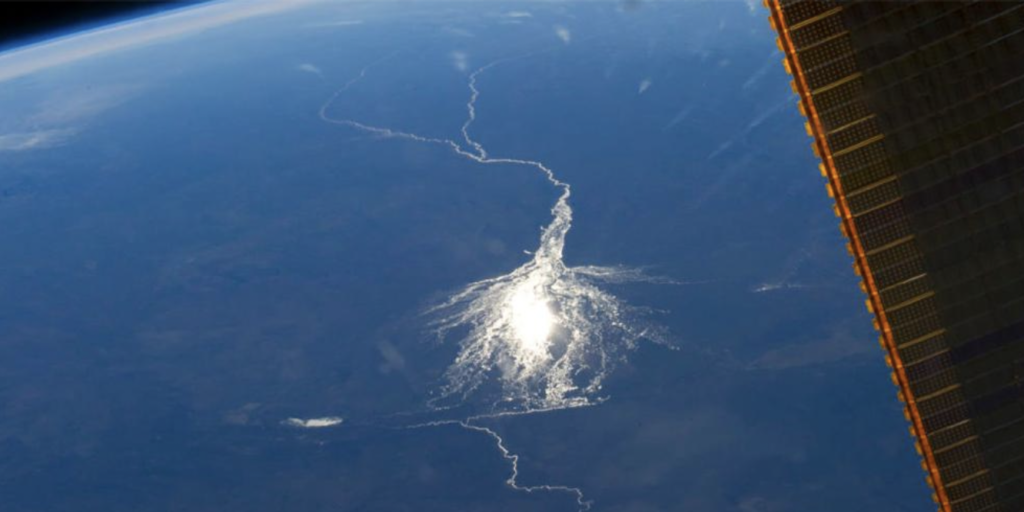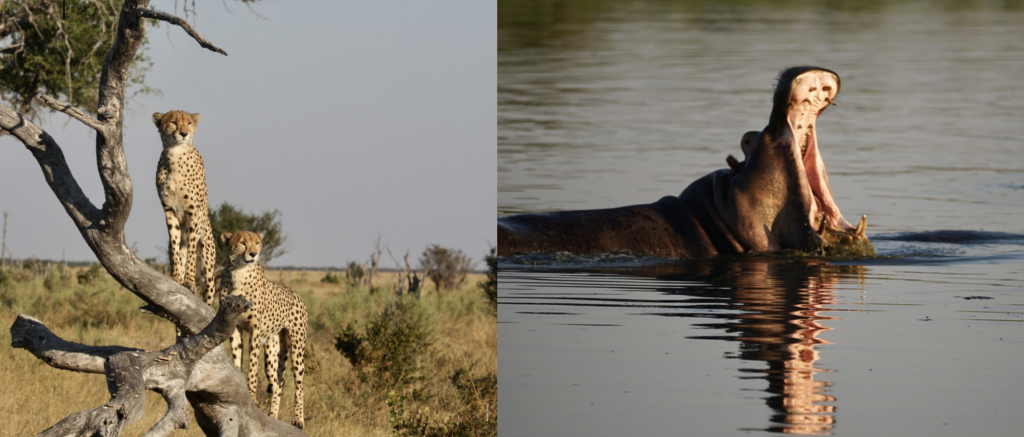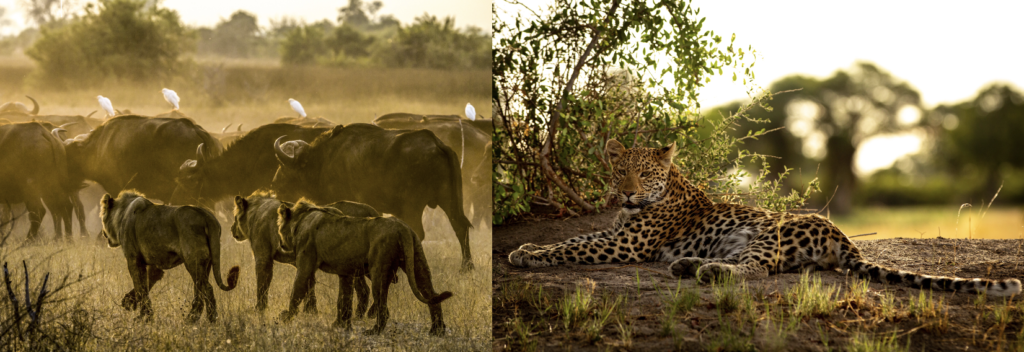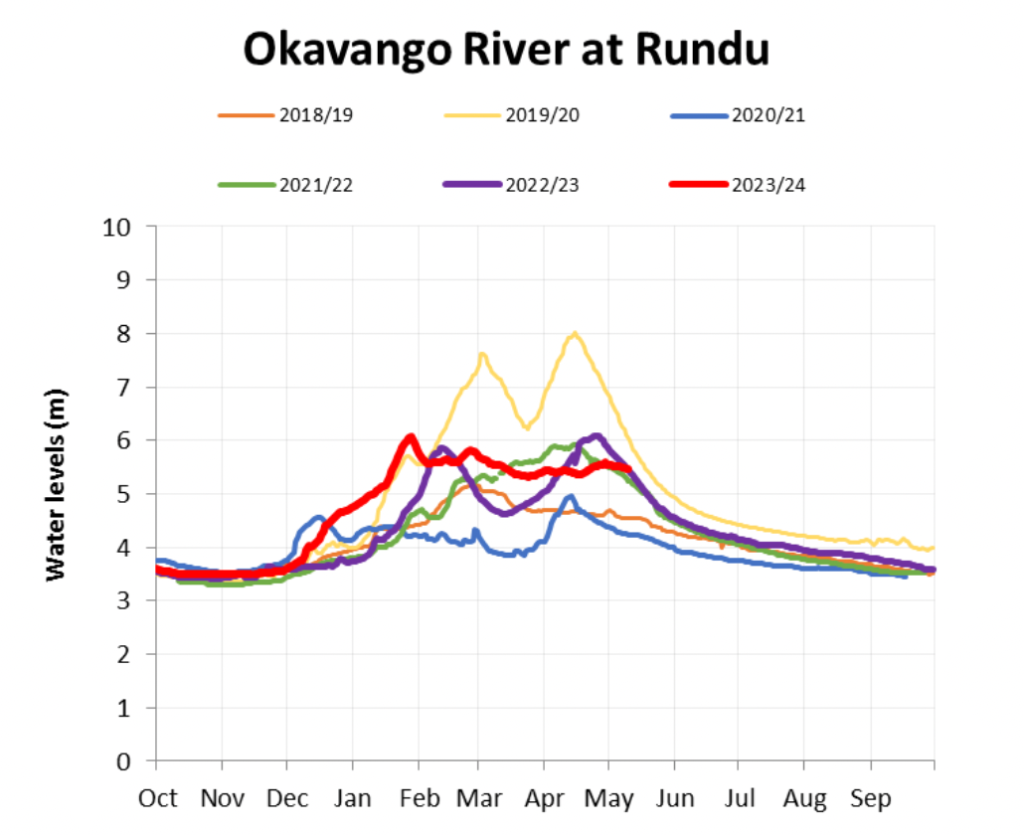Adapting to Change: Navigating Okavango Delta’s Dynamic Water levels

The Okavango Delta is one of the last real wildernesses on our planet. It has been going through various cycles for millions of years – humans have not been observing them for that long, but even in the relatively short time that humans have had an eye on the delta, very wet and also very dry phases have been observed. And each of these phases always came with its own highlights.
When I travelled in the Delta in the early 2000s, it was also bone dry and in many areas resembled a savannah landscape rather than a marshland. However, the game viewing was absolutely phenomenal – not only did we see an incredible number of leopards and lions, but also cheetahs and wild dogs, which are generally not found in the wetter areas.

When I look at the meet & greet feedback that our team receives from our clients every day at Maun airport, the trend is definitely moving in this direction again. Our travellers are currently reporting cheetah sightings from camps where these were simply total exceptions and a rarity in recent wetter years.
Beks from African Bushcamps had a whole group of cheetahs on a termite mound near Atzaro on his Instagram feed just last week. Pom Pom is also currently producing customer feedback reminiscent of Chiefs Island in its prime.
As the water level drops, completely new migration routes are opened up. Animals can travel further out from the islands where they used to live and explore the delta – always following food sources and water, of course. This changes the areas. Duba Plains was world famous in the last very very wet phase of the delta for its number of very large prides of lions, which were known to hunt buffalo every few days. At that time the water around Duba was high, the animals stayed on the Duba Islands. Leopards were NEVER seen there – let alone wild dogs or the occasional cheetah. The Pantry Pride in particular had turned to warthogs as a snack and the warthog population was significantly decimated.

Then came drier years; the buffalo herds from Duba were able to extend their grazing circuit to Vumbura and the Mapula concession to the north – which of course made the visitors to these camps very happy. In return, we now also see leopards and occasionally even wild dogs at Duba Plains; the reliable rhythm of “lions hunting buffalo every other day” has of course also changed. The animals have adapted. The photo motives of our visitors too.
People often react anxiously to change, especially if a safari has been booked with specific expectations – but when it comes to the Okavango Delta, change is the defining essence of this dynamic landscape.
Of course, we in tourism have to rethink in times like these and can no longer offer “year round water activities” etc. as easily as in the last few years. However, this does not mean that the customer’s travelling experience is compromised – at least not when it comes to experiencing true wilderness and great safaris.
There are never any guarantees on safari. Nor can we promise anything. We can only draw on past experiences, take current trends into account and try to draw the best possible conclusions for the upcoming travelling year. The general tenor is: when it gets dry in the Okavango, we have excellent game viewing opportunities.
Here is a graph from the daily flood bulletin received from the Hydrological Services Namibia. The table shows that the inflow into the Delta is promising, meaning the Delta can expect a good year despite the low regional rainfalls.
